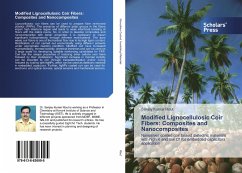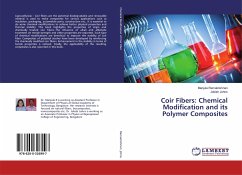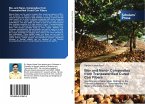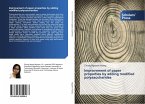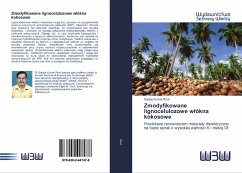Lignocellulosic coir fibers can be used to prepare fiber reinforced plastics (FRPs). The presence of different polar groups in the fibers impart high moisture regain and leads to weak interfacial bonding of fibers with the matrix resins. So, in order to develop composites and nanocomposites with better properties it is necessary to impart significant hydrophobicity through different modifications. The agro waste coir fibers is one of the hardest fiber due to its high lignin content. Modification of coir carried out economically using different solvents under appropriate reaction condition. Modified coir have increased hydrophobicity, thermal stability, chemical inertness and can be used on a large scale for developing suitable reinforcing candidates for FRP. Coir has the unique properties of reducing silver cations over them followed by their stabilization. Significant increase in thermal stability can be imparted to coir through transesterification and/or curing followed by coating with AgNPs, which can be used as dielectric material in embedded capacitors. Further, AgNPs coated coir can be used for electronic and optical devices, optical sensors and mechanical sensors.

